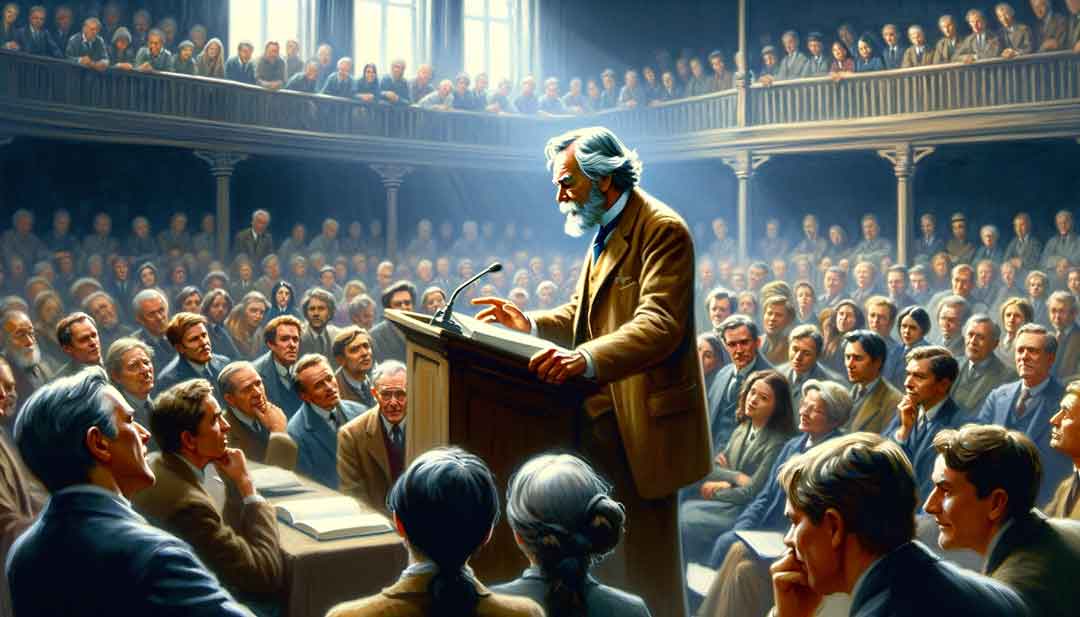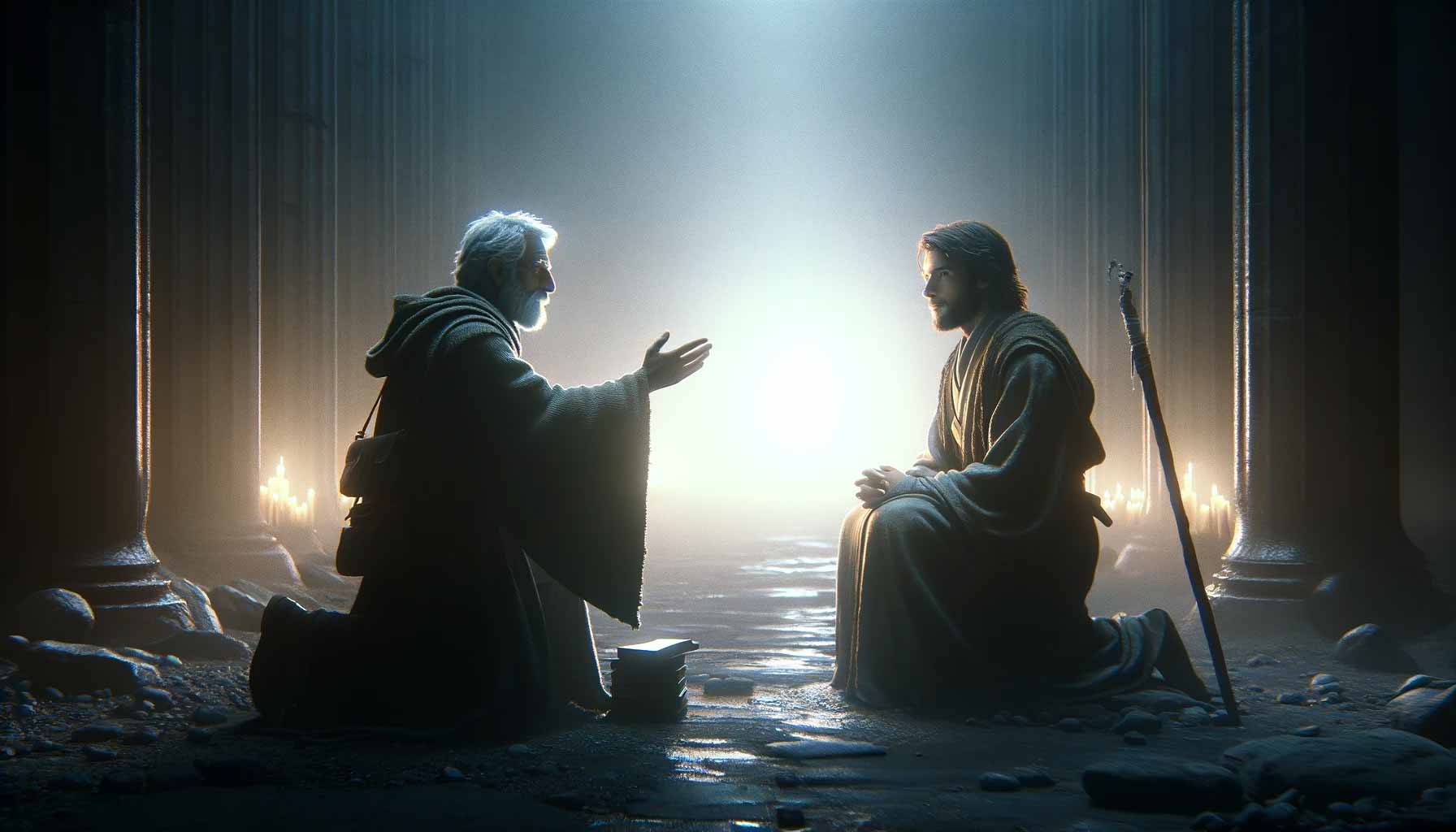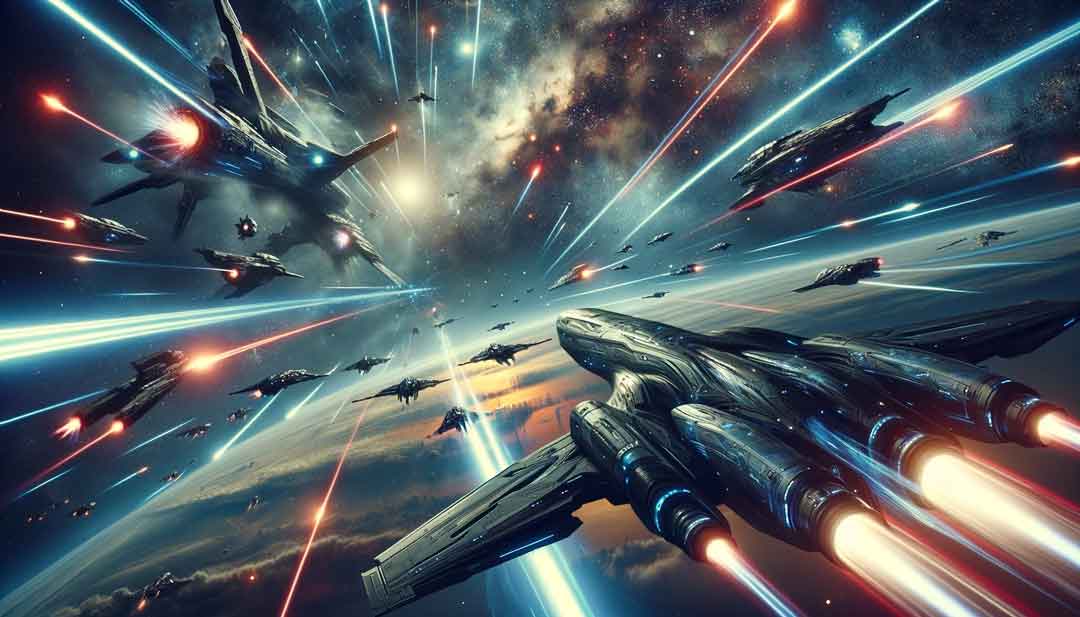Epic Tales Unveiled: Navigating the Hero's Journey
Few concepts wield as much power and universality in storytelling as the Hero's Journey. Pioneered by Joseph Campbell, this narrative blueprint has shaped countless tales, from ancient myths to modern cinema. It's more than just a story template; it's a reflection of our deepest struggles, triumphs, and transformations. In "Epic Tales Unveiled," we embark on a journey to explore the intricate stages of the Hero's Journey, uncovering its enduring impact on storytelling and its profound resonance with the human experience.

Understanding the Hero's Journey
The Origin: Joseph Campbell and the Hero's Journey
The Hero's Journey, a concept popularized by Joseph Campbell, has become a cornerstone in understanding storytelling. Campbell's analysis of mythological narratives led to the identification of a common pattern in stories from around the world, which he named "The Hero's Journey." This framework outlines a hero's adventure from the mundane to the extraordinary, encapsulating a universal appeal that resonates across cultures and time.

The Hero's Journey Steps: A Comprehensive Overview
The steps of the Hero's Journey, though varied in number, typically follow a hero's call to adventure, their trials and tribulations, their moment of ultimate triumph, and their return home, transformed. This cyclical process not only mirrors the human experience but also serves as a blueprint for creating compelling narratives that engage and inspire audiences.
Exploring the Stages of the Hero's Journey
Breaking Down the Hero's Journey Stages
Each stage of the Hero's Journey, from the initial call to the return with newfound wisdom, offers a unique perspective on the protagonist's development. These stages form a structure that storytellers can adapt to fit their narrative's context, ensuring that the journey remains relevant and relatable to their audience.

The Hero's Journey in Literature and Film
From ancient epics to modern movies, the Hero's Journey is a common thread. It's a testament to its versatility and impact on storytelling. For instance, in literature and film, these stages provide a scaffold upon which writers and directors build complex characters and engaging plots that resonate with their audience.
The Hero's Journey: From Theory to Practice
Examples of the Hero's Journey in Popular Culture
The Hero's Journey is not just theoretical but practical, as seen in various examples in popular culture. From the trials of Harry Potter to the transformation of Luke Skywalker in Star Wars, these narratives exemplify the Hero's Journey's stages, demonstrating its enduring relevance.

The Hero's Journey in Star Wars: A Case Study
Star Wars offers a quintessential example of the Hero's Journey, with Luke Skywalker's tale embodying Joseph Campbell's concept. His journey from a humble farm boy to a galactic hero exemplifies the transformative power of this narrative structure.
The Impact and Legacy of Joseph Campbell's The Hero's Journey
The Hero's Journey Book: A Timeless Guide
Joseph Campbell's "The Hero's Journey" remains a seminal work in understanding the art of storytelling. Its insights transcend mere academic discourse, offering a timeless guide for creators and storytellers in shaping engaging and meaningful narratives.

The Hero's Journey PDF: Accessibility and Educational Value
The availability of "The Hero's Journey" in PDF format has democratized access to Campbell's work, making it a valuable resource for educators and students alike. It serves as a foundational text in understanding the mechanics of storytelling across various mediums.
The Hero's Journey in Modern Storytelling
The Hero's Journey Diagram and Chart: Tools for Storytellers
Visual tools like diagrams and charts of the Hero's Journey aid storytellers in visualizing and planning their narratives. These tools ensure that the core elements of Campbell's theory are effectively incorporated into modern storytelling.
The Hero's Journey 12 Steps: A Blueprint for Narrative Success
The 12 steps of the Hero's Journey provide a detailed blueprint for narrative development. By following these steps, storytellers can craft stories that are not only structurally sound but also emotionally resonant with their audiences.

Why the Hero's Journey Matters
The Universal Appeal of the Hero's Journey
The Hero's Journey's universal appeal lies in its ability to mirror the human experience. This narrative structure resonates with audiences because it reflects the trials, triumphs, and transformations that we all encounter in our lives.
The Hero's Journey: A Testament to the Power of Storytelling
Ultimately, the Hero's Journey stands as a testament to the power of storytelling. It's a tool that enables storytellers to connect deeply with their audience, creating narratives that not only entertain but also inspire and enlighten.
Learn more about me at About Jeff Fried.